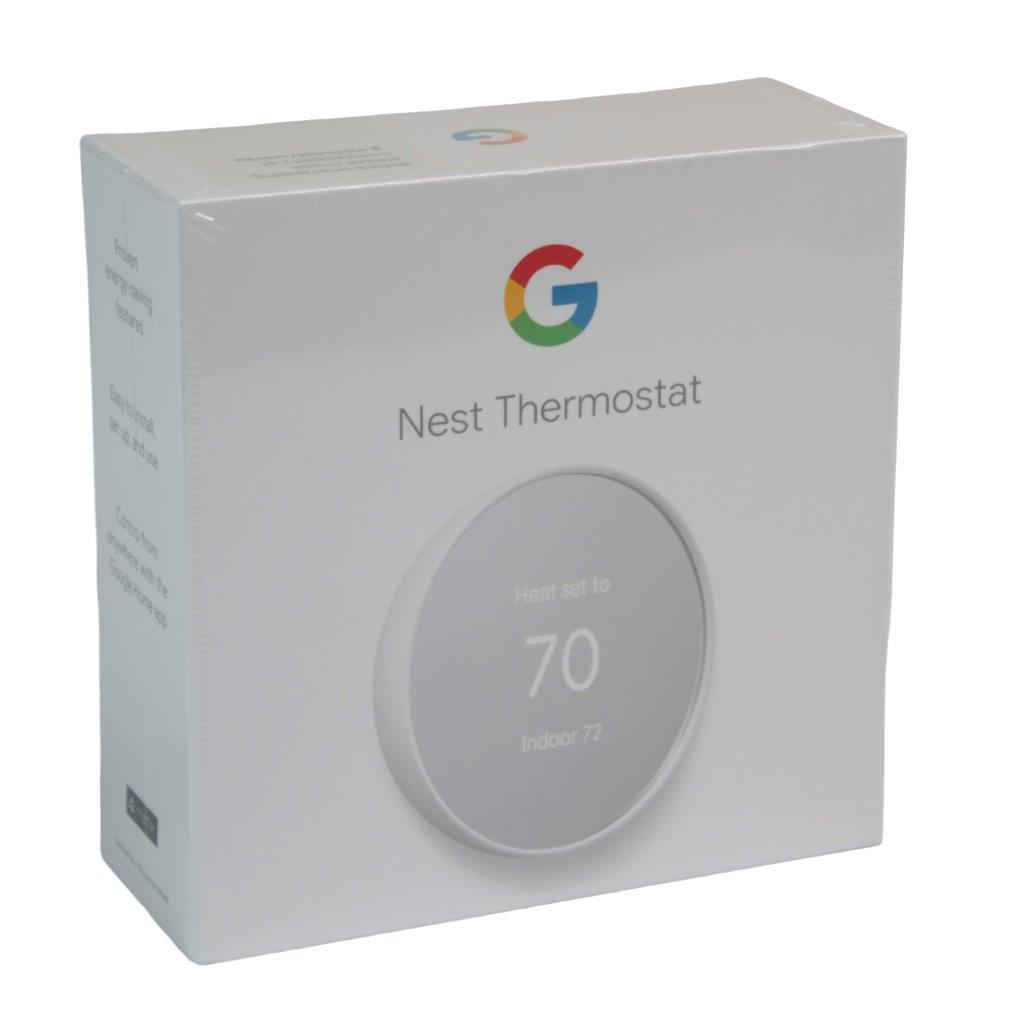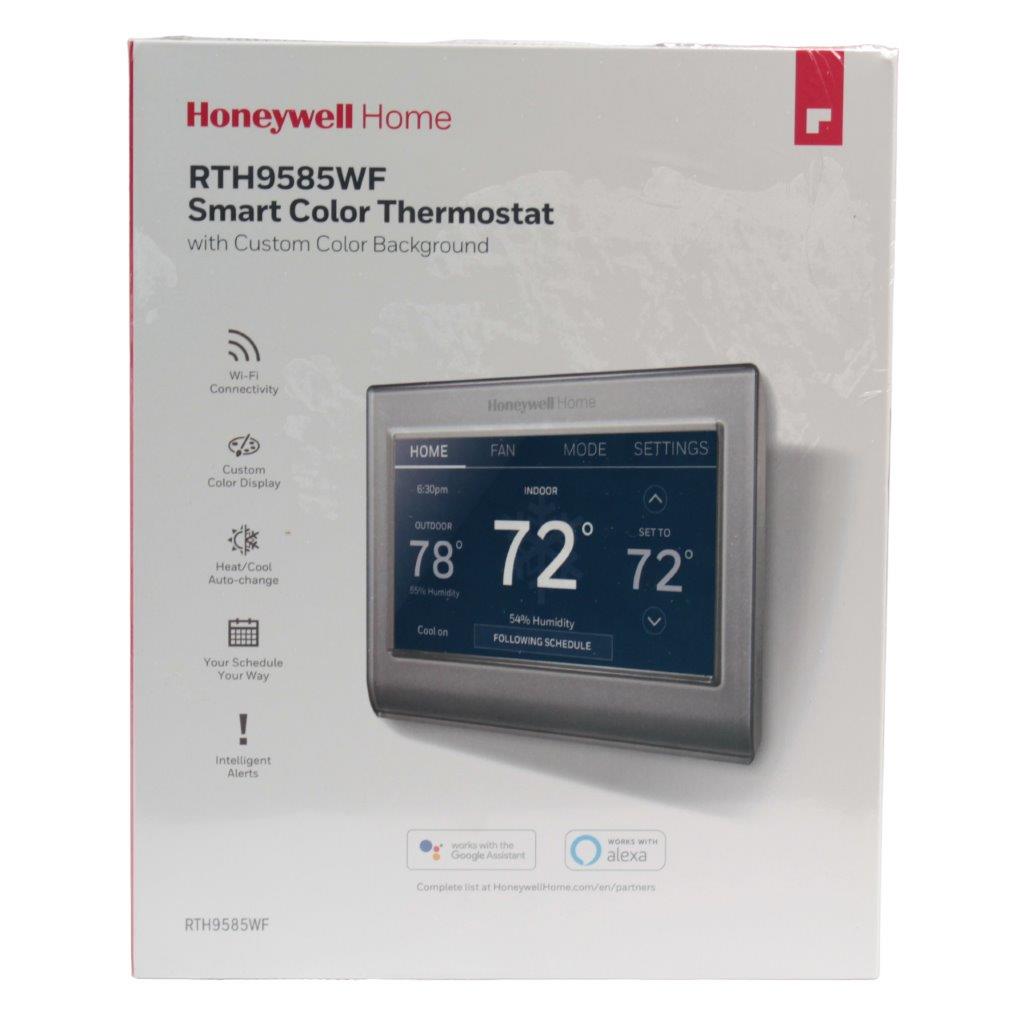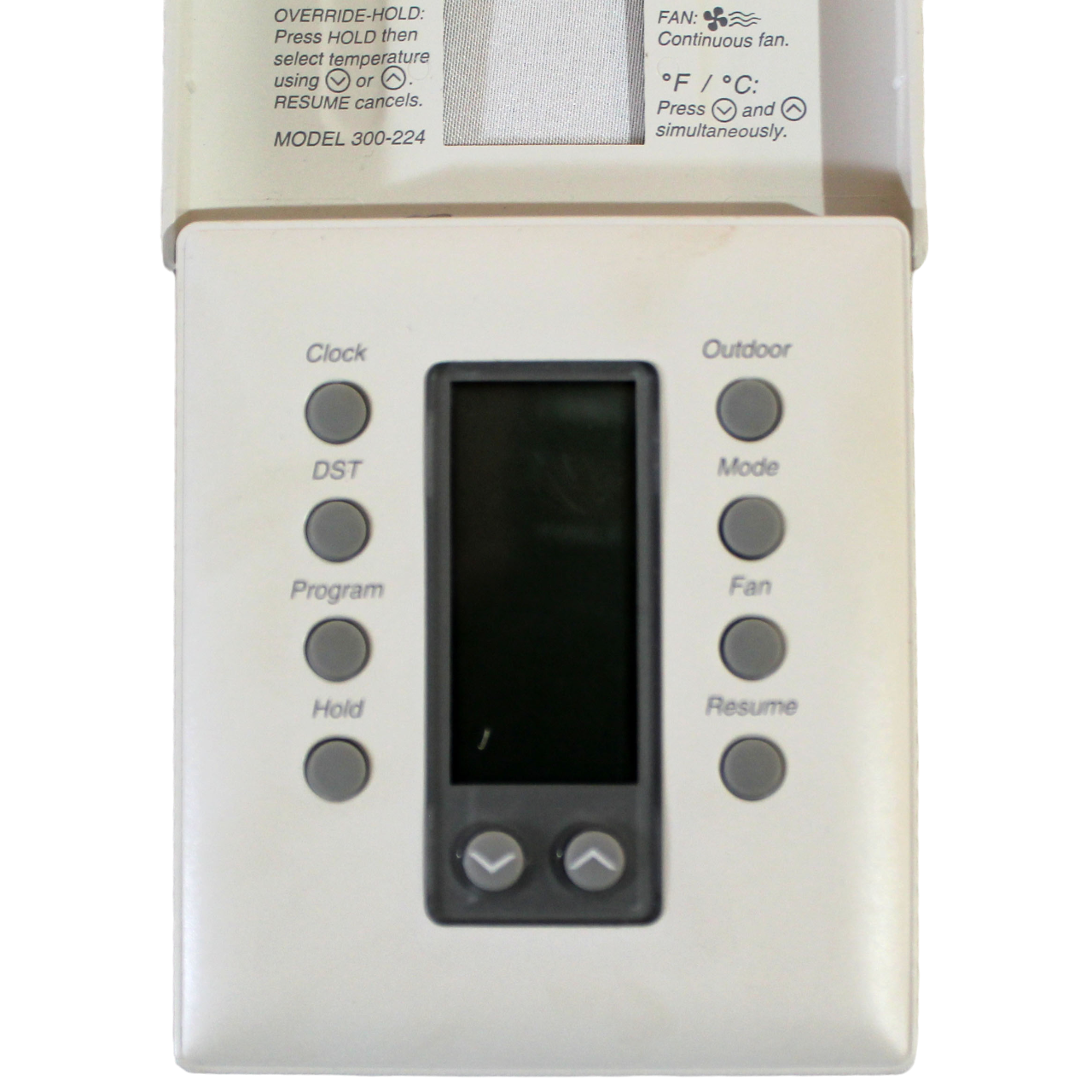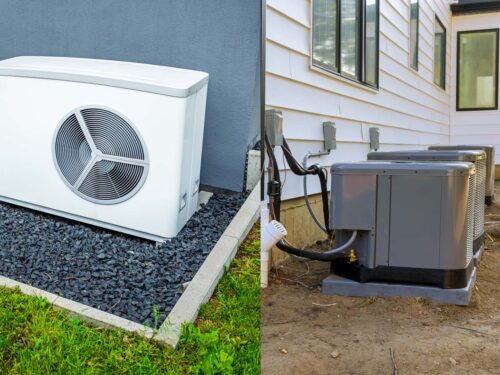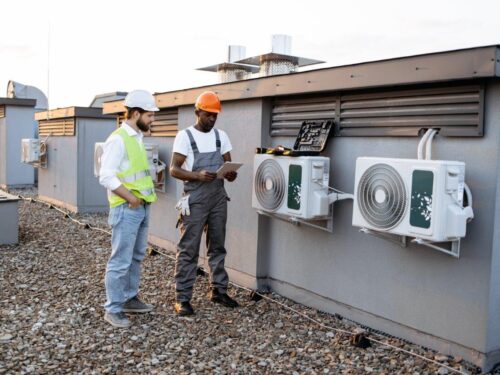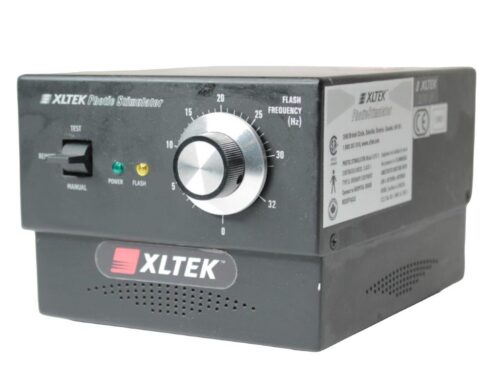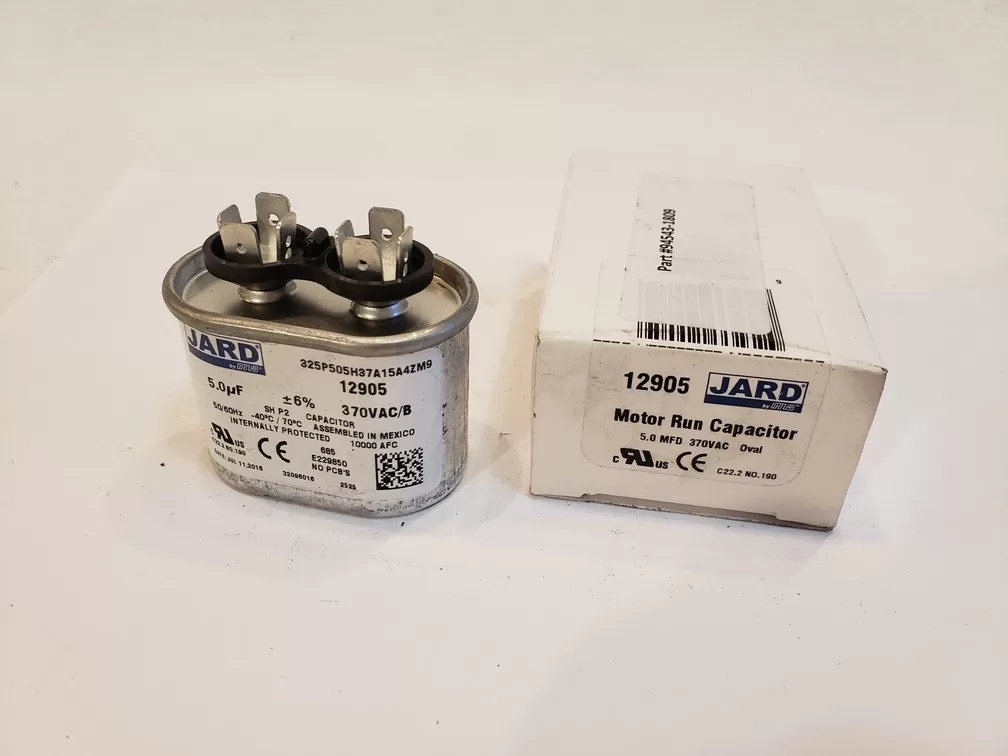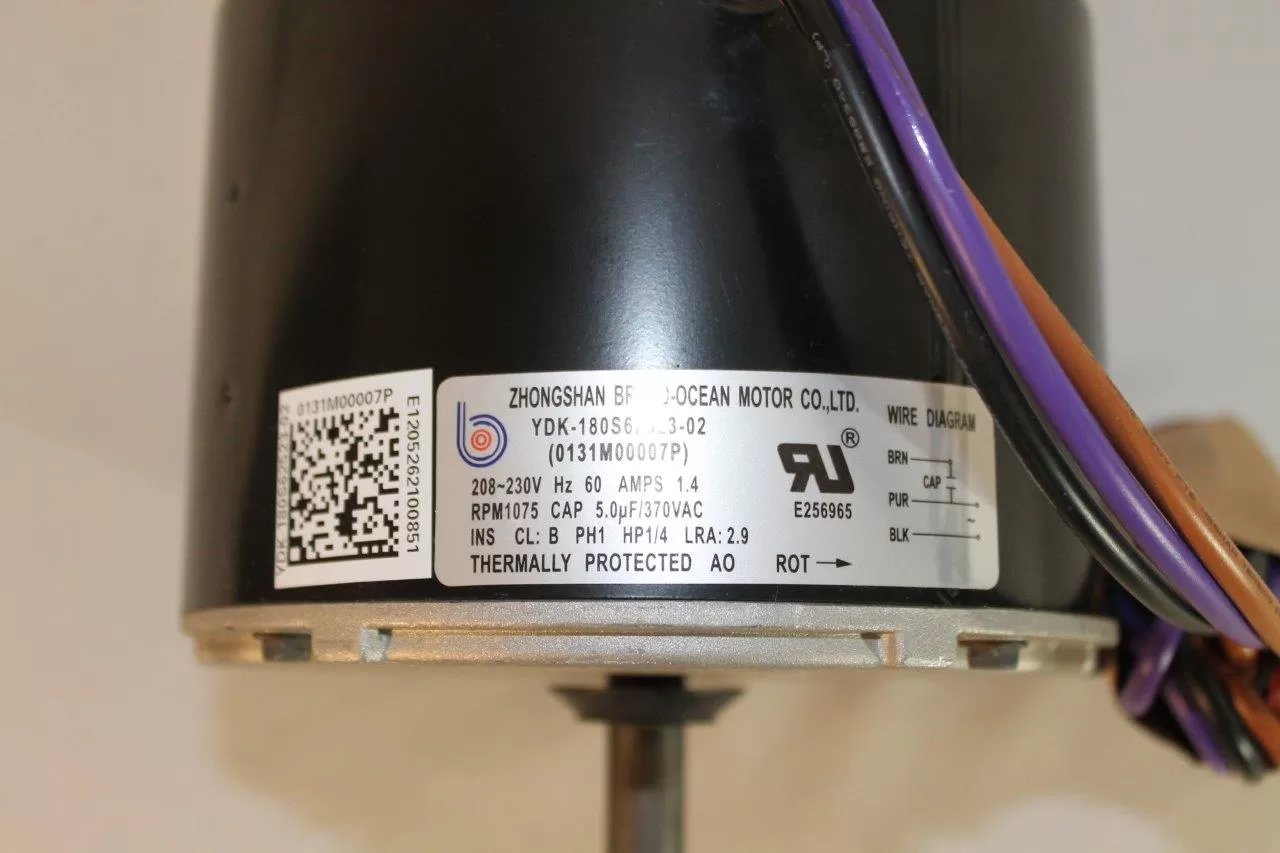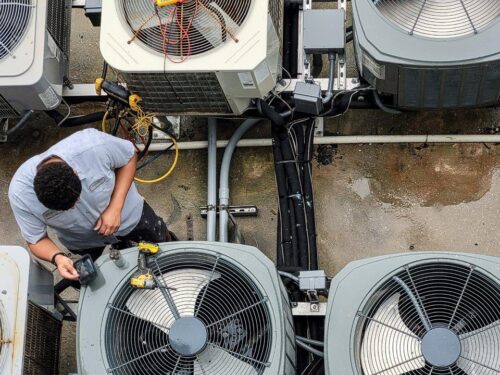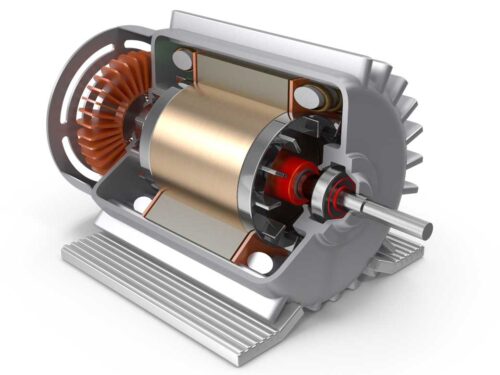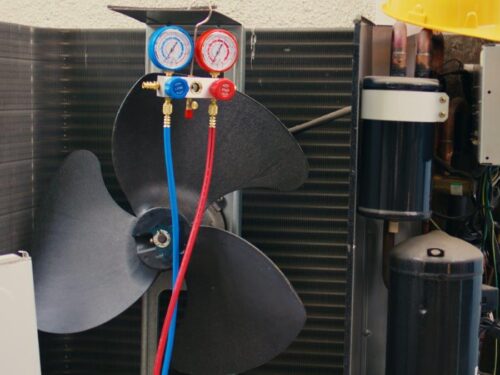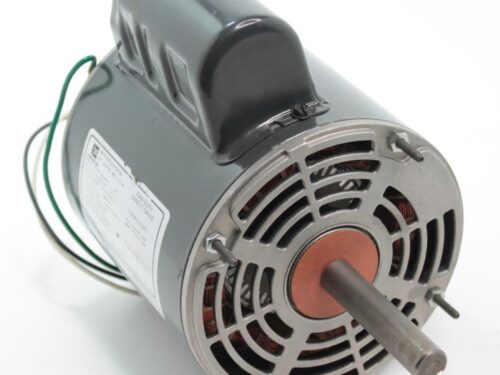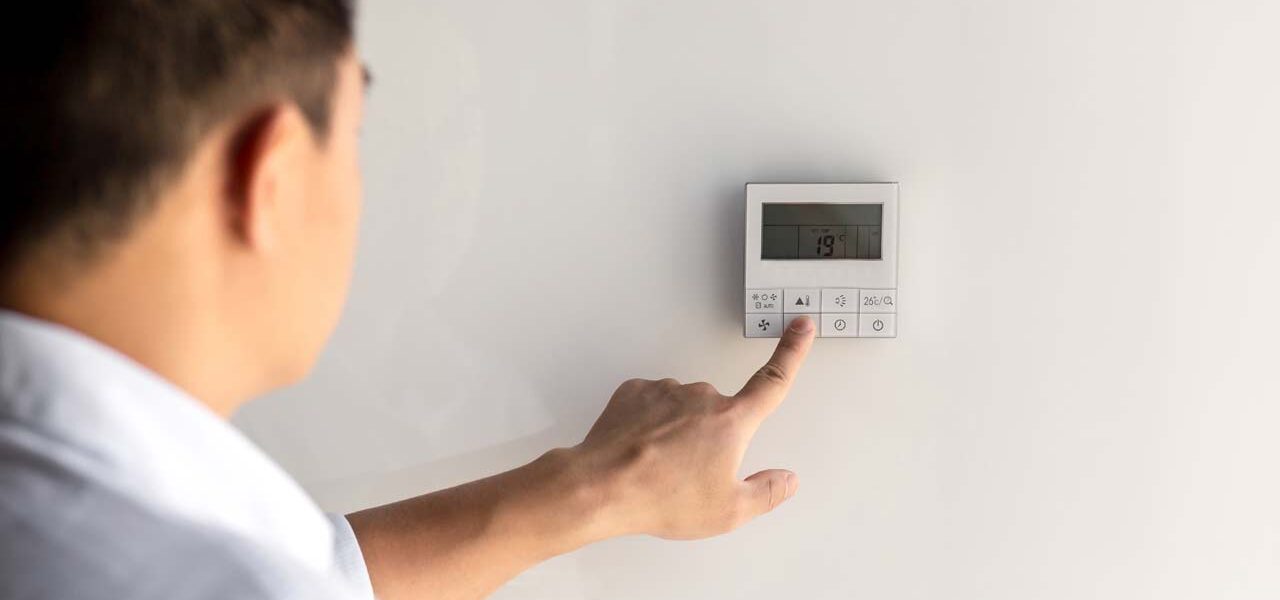
Setting your thermostat for optimal energy savings is a question I get all the time. In my opinion, finding the right balance between comfort and cost efficiency can make a big difference in your energy bills without sacrificing comfort.
Understanding Thermostat Settings and Their Impact
The thermostat is the brain of your HVAC system. It controls when your heating or cooling kicks on, so setting it wisely can help keep energy use down. Generally, for each degree you adjust your thermostat, you can save up to 1% on your energy bill. For instance, lowering the thermostat by 7-10 degrees for 8 hours a day can lead to an estimated 10% savings annually on heating and cooling costs.
Recommended Settings for Energy Savings
The U.S. Department of Energy suggests specific thermostat settings for both winter and summer:
- In Winter: Set your thermostat to around 68°F when you’re home and awake. When you’re sleeping or away, you can save energy by lowering the temperature to 60-62°F. This approach reduces heating demand and saves on energy costs.
- In Summer: Set your thermostat to 78°F when you’re home. If you’re away for long periods, raise it by 7-10 degrees. This minimizes cooling demand and reduces costs.
I believe these settings are good starting points, but everyone has different comfort levels. Some people may feel too cold at 68°F in the winter, while others might find 78°F too warm in the summer. Finding the right balance for you is key to long-term energy savings.
How Thermostat Adjustments Save Energy
The idea behind these settings is simple: the less your HVAC system has to work, the less energy it consumes. During winter, lowering the temperature reduces the need for heating. In summer, a higher setting reduces the demand for cooling. The principle is that your HVAC system won’t have to work as hard to maintain a large temperature difference between inside and outside.
Programmable and Smart Thermostats
I always recommend a programmable or smart thermostat for those looking to save energy. Programmable thermostats allow you to schedule different temperatures throughout the day. For example, if everyone in your home is at work or school, you can set the temperature to be higher (in summer) or lower (in winter) during those hours. Smart thermostats go a step further by learning your habits and making automatic adjustments. In my opinion, this technology is a game-changer in energy efficiency.
Practical Implementation of Thermostat
From my experience, making the most out of thermostat settings is a matter of habit and technology. Here’s how to practically implement energy-saving strategies with your thermostat:
- Use a Programmable Thermostat: A programmable thermostat lets you set different temperatures for different times of the day. For example, you can program it to lower the temperature while you sleep or when you’re away at work. If you set it to warm up (in winter) or cool down (in summer) shortly before you wake up or come home, you won’t feel the difference. This approach ensures comfort while you’re home and saves energy when you’re not. In my opinion, programmable thermostats are an easy upgrade for anyone serious about saving energy.
- Invest in a Smart Thermostat: Smart thermostats, like the Nest or Ecobee, can learn your preferences and adjust automatically. These devices even let you control the temperature from your smartphone, so if you’re coming home earlier than expected, you can adjust the temperature remotely. Many smart thermostats provide energy reports, showing you exactly when and how much energy you’re saving. I think smart thermostats offer a unique blend of convenience and savings.
- Adjust Seasonally: It’s important to remember that these settings aren’t one-size-fits-all. In the winter, set your thermostat to 68°F when you’re home, and lower it by 10°F at night or when away. In the summer, set it to 78°F when home, and increase by about 7-10°F when you’re out. By sticking to these seasonal settings, you’re allowing your HVAC system to operate more efficiently.
- Utilize “Setback” Periods: A setback period refers to times when you set the thermostat lower (in winter) or higher (in summer) than usual. For instance, at night or during work hours, you can “set back” the temperature by 7-10 degrees. This change can lead to significant savings because the HVAC system doesn’t have to maintain the usual temperature during those hours. I think this is one of the easiest ways to reduce your bills without even noticing the change.
Thermostat Areas of Utilization
- Homeowners Focused on Energy Savings: Homeowners looking to reduce their energy bills can benefit significantly from these thermostat settings. These recommendations apply to anyone who uses an HVAC system, especially in climates with distinct heating and cooling seasons. In my opinion, these strategies are especially useful in areas with high utility rates, where even small savings can add up over time.
- Rental Properties: For landlords and property managers, setting a standard thermostat guideline can help tenants save on utilities and reduce wear and tear on the HVAC system. Installing programmable thermostats in rental properties ensures that even if tenants forget to adjust the temperature, the system can automatically reduce energy use.
- Businesses and Offices: Offices and commercial spaces can benefit from similar thermostat strategies, especially during off-hours. I believe this is particularly useful for businesses closed on weekends. A smart thermostat can keep the office at a comfortable temperature during working hours, but scale back during nights and weekends to save energy.
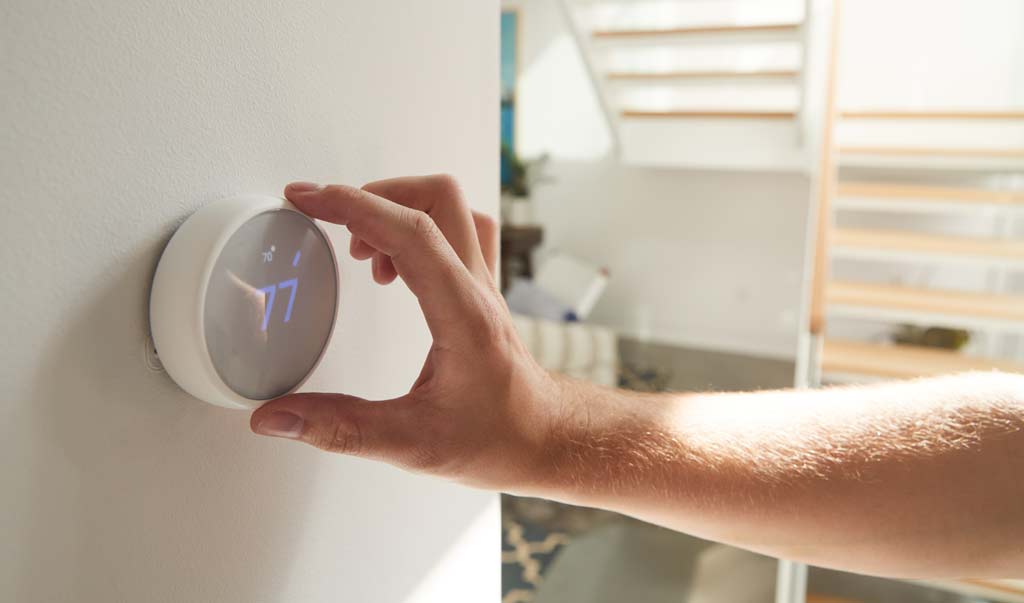
Benefits of Optimized Thermostat Settings
- Lower Energy Bills: Optimizing thermostat settings reduces energy consumption, leading to lower bills. According to the U.S. Department of Energy, adjusting your thermostat by 7-10 degrees for eight hours a day can save up to 10% on heating and cooling costs annually. I think that’s a significant saving, especially for families on a budget.
- Enhanced Comfort: With a programmable or smart thermostat, you can set the temperature to match your lifestyle. No more manually adjusting the thermostat every day. In my opinion, this leads to a more comfortable home environment without constantly fiddling with the settings.
- Reduced HVAC Wear and Tear: When you let your HVAC system “rest” by adjusting the thermostat, it doesn’t have to work as hard. This results in less wear and tear on components, which can extend the lifespan of your system. Over the years, I’ve seen systems last longer and require fewer repairs when homeowners use their thermostats strategically.
- Environmental Benefits: By using less energy, you’re reducing your carbon footprint. Every little bit helps, and I believe that homeowners who optimize their thermostat settings contribute to a healthier environment.
- Increased Resale Value: A home with energy-saving features, like a smart thermostat, can be more appealing to potential buyers. People are increasingly looking for homes that offer comfort and energy efficiency. I’ve noticed that energy-efficient homes often have higher resale values, as buyers appreciate the long-term savings.
In my experience, the right thermostat setting depends on your climate, schedule, and comfort needs. A programmable or smart thermostat, paired with seasonal adjustments, can make a big impact on your energy bills. Remember, setting your thermostat a little lower in winter and a little higher in summer can save you money and reduce strain on your HVAC system. These strategies are simple but effective, allowing homeowners to enjoy both comfort and cost savings year-round.
If you’re considering making changes to your thermostat settings, take it one step at a time and see the difference in your energy bill – you might just be pleasantly surprised!
